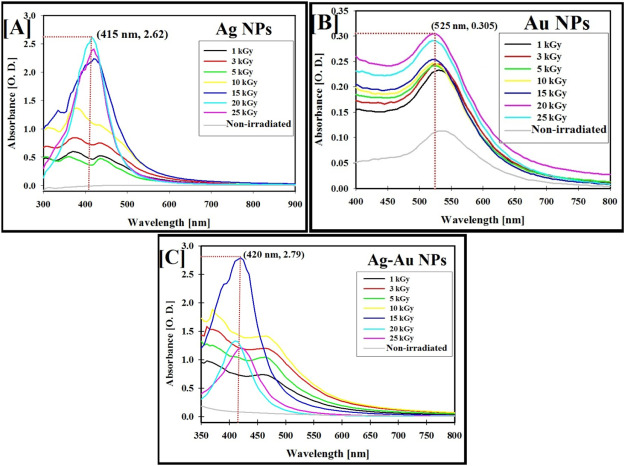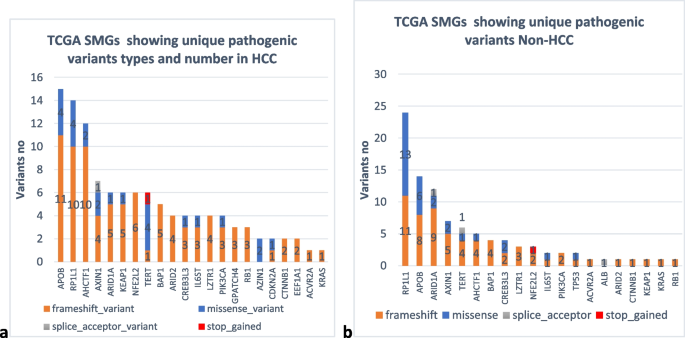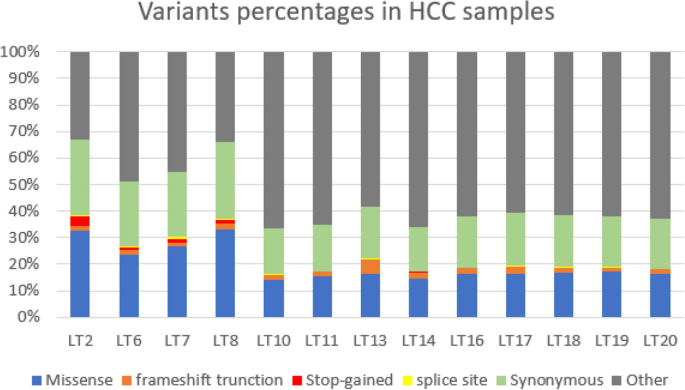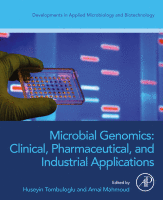

Gum Arabic polymer-stabilized and Gamma rays-assisted synthesis of bimetallic silver-gold nanoparticles: Powerful antimicrobial and antibiofilm activities against pathogenic microbes isolated from diabetic foot patients
In this research, irradiation by gamma rays was employed as an eco-friendly route for the construction of bimetallic silver-gold nanoparticles (Ag-Au NPs), while Gum Arabic polymer was used as a capping agent. Ag-Au NPs were characterized through UV–Vis., XRD, EDX, HR-TEM, FTIR, SEM/mapping and EDX analysis. Antibiofilm and antimicrobial activities were examined against some bacteria and Candida sp. isolates from diabetic foot patients. Our results revealed that the synthesis of Ag-Au NPs depended on the concentrations of tetra-chloroauric acid and silver nitrate. HR-TEM analysis confirmed the spherical nature and an average diameter of 18.58 nm. FTIR results assured many functional groups in Gum Arabic which assisted in increasing the susceptibility of incorporation with Ag-Au NPs. Our results showed that, Ag-Au NPs exhibited the highest antimicrobial performance against B. subtilis (14.30 mm ZOI) followed by E. coli (12.50 mm ZOI) and C. tropicalis (11.90 mm ZOI). In addition, Ag-Au NPs were able to inhibit the biofilm formation by 99.64%, 94.15%, and 90.79% against B. subtilis, E. coli, and C. tropicalis, respectively. Consequently, based on the promising properties, they showed superior antimicrobial potential at low concentration and continued-phase durability, they can be extensively-used in many pharmaceutical and biomedical applications. © 2018 Elsevier B.V.



